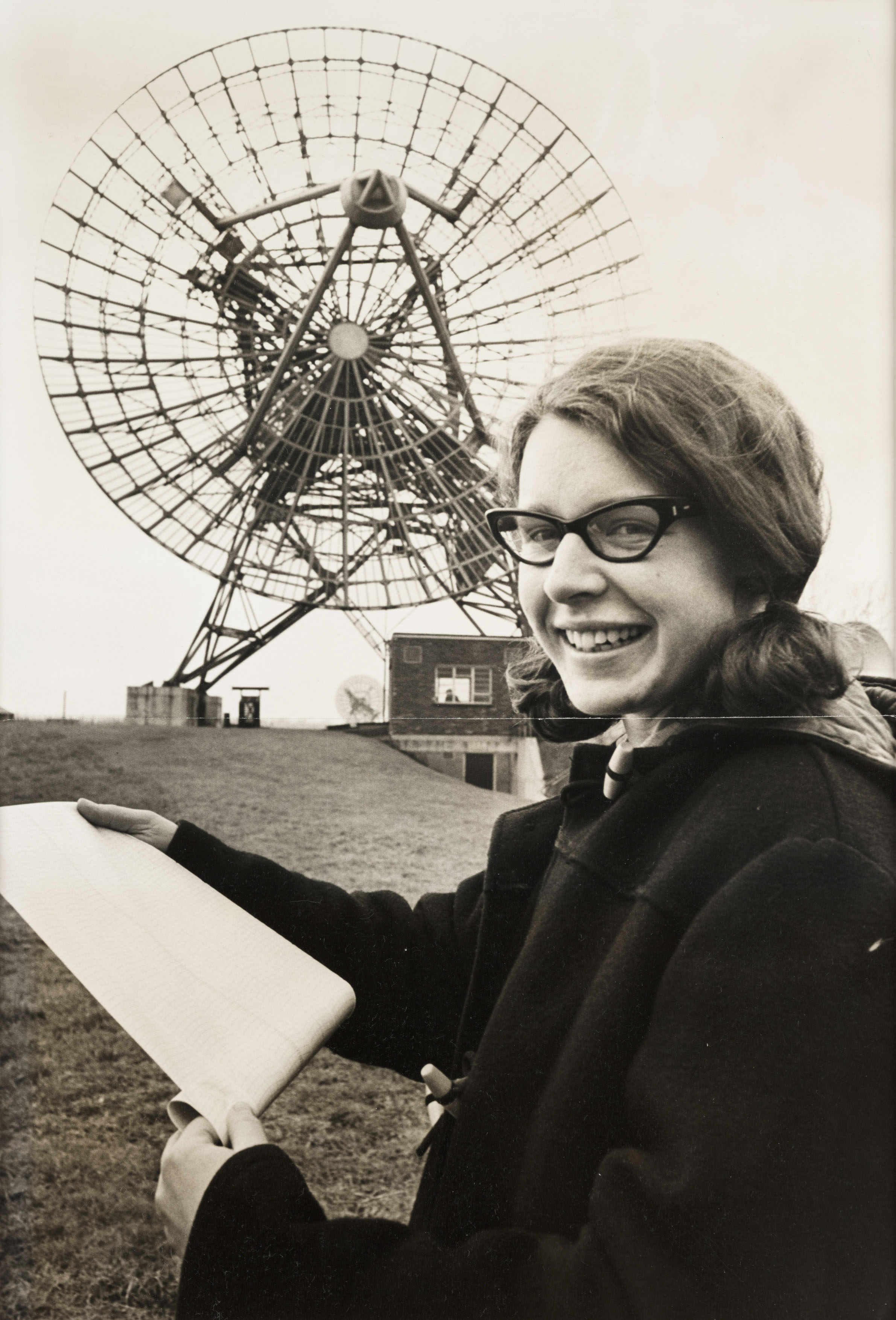Each day as part of the Great British Innovation Vote – a quest to find the greatest British innovation of the past 100 years – we’ll be picking one innovation per decade to highlight. Today, from the 1960s, the discovery of Pulsars.
“In 1967, a twenty-four year old post graduate student made one of the greatest astronomical discoveries in living memory,” explains TV presenter and writer Gia Milinovich, who is championing the discovery of pulsars as the greatest British innovation of the past 100 years.
When analysing three miles of radio telescope data by hand in 1967 at the University of Cambridge, Jocelyn Bell identified a regular pulse of radiowaves. Seemingly too regular to be anything but man-made, months of further research led Jocelyn to discover the origin of the signal was over 200 light-years away.

Credit: National Media Museum / Science & Society Picture Library
Known now as pulsars, these rapidly spinning, very dense dead stars produce beams of radiowaves which are periodically directed at the Earth. Astronomers have since detected more than 1800 pulsars, and their precise nature make them useful tools for astronomical observations.
In the past Jocelyn’s work has been over looked – the 1974 Nobel Prize for Physics was awarded to her PhD supervisor Anthony Hewish without any mention of Jocelyn – but she is now rightly remembered for her discovery. Vote here for the discovery of Pulsars.